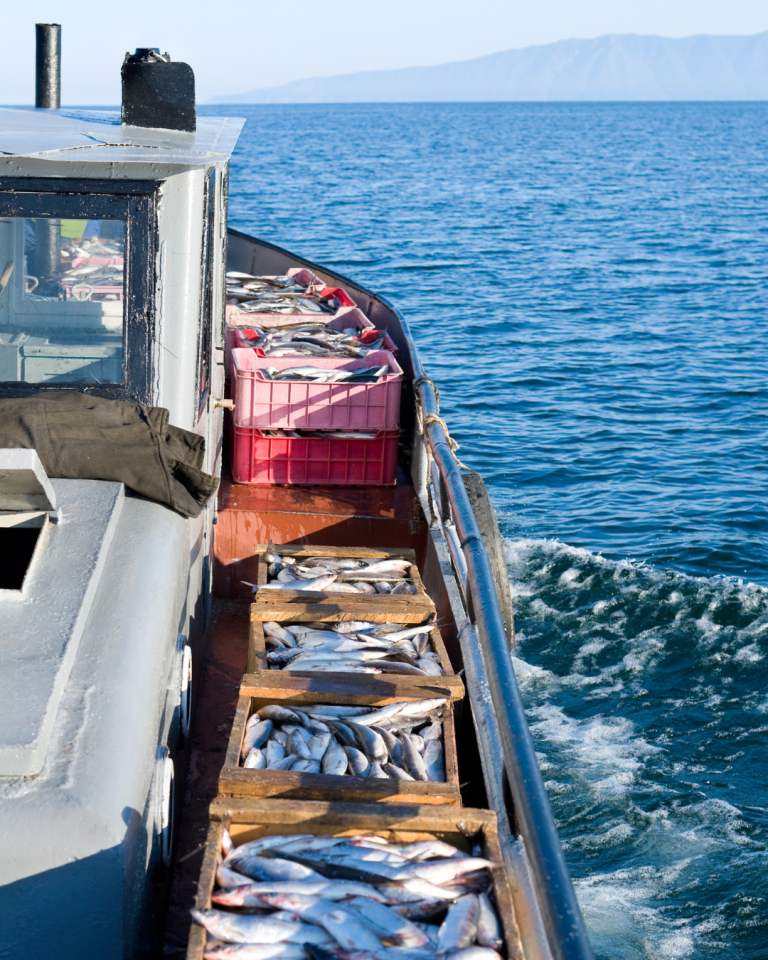Collect & Assess
Collect data and information to support the assessment, identification, and prioritization of human rights in your supply chains. Trace and monitor progress.
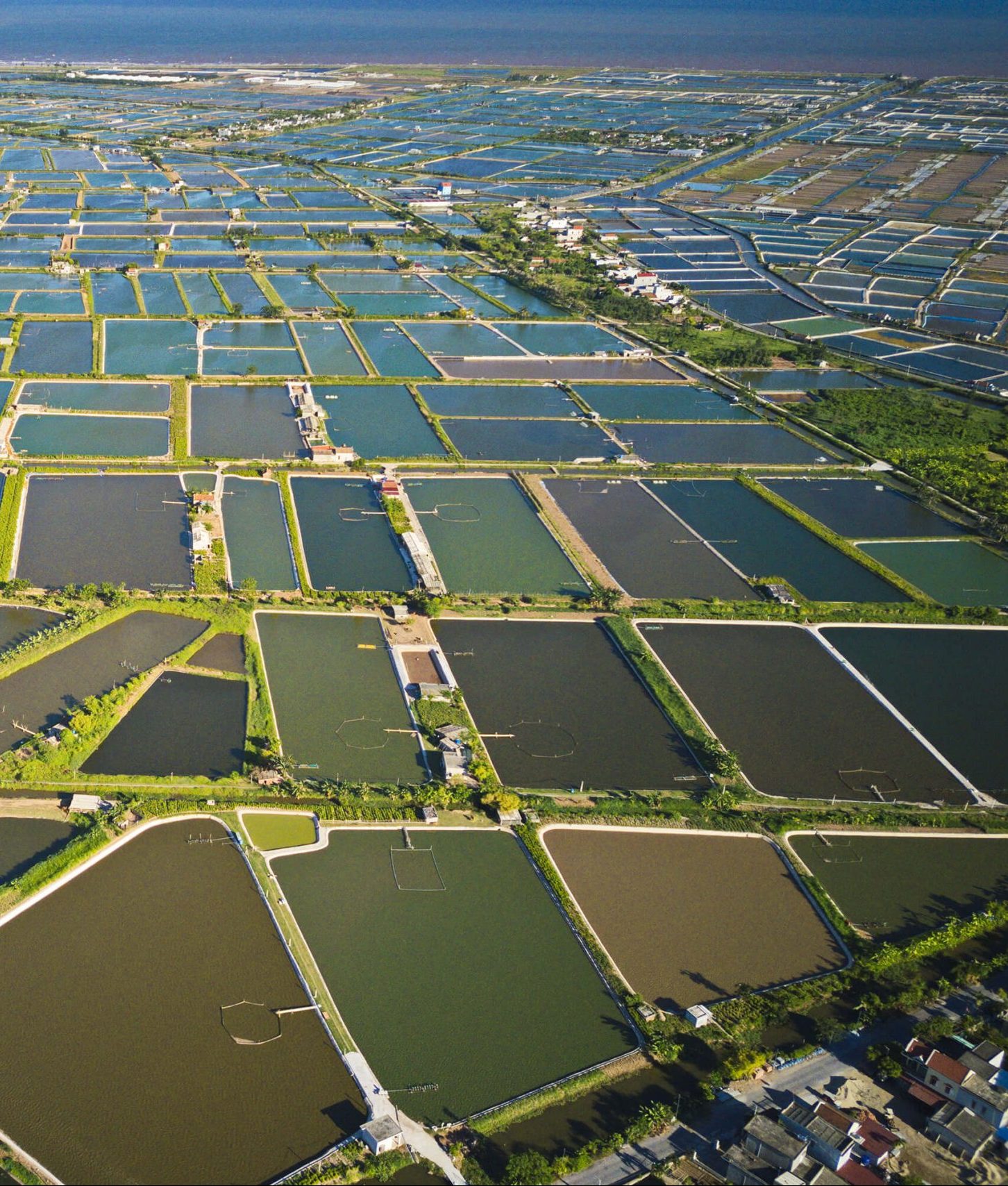
Assess and prioritize your company’s human rights risk by collecting supply chain data
Conduct a supply chain risk assessment
- Revisit the desk research you used to inform the creation of your policies and procedures.
- Map product supply chains—flagging products associated with higher-risk places, species, and production or harvest methods—to develop product-level risk analysis.
- Identify all tier 1 suppliers (i.e., suppliers you purchase from directly). Prioritize the highest volumes of products associated with higher-risk geographies, species, and production/harvest methods for further supply chain mapping.
- Identify gaps in traceability and missing information.
- Work with your tier 1 suppliers to map all downstream suppliers, vendors, agents, and subcontractors to the sourcing level, including:
- Name of the company
- Name and location of the production and/or processing facility
- List of all products sourced from each facility
- Country of origin for all product(s)
- Percentage of overall sourcing for the supplier
- Use existing company data to conduct a preliminary risk assessment.
- Review internal data from suppliers, including audits, sourcing information, questionnaires, site visits, and self-assessments.
- Integrate data and feedback from other internal sources that add context, such as, percentage of production, location in the supply chain, production lead time, contracts, and sourcing agreements.
- Review and incorporate findings from external reports, research, and surveys that are informed by workers and fishers.
- Map freedom of association throughout your supply chain.
- Understand the laws and regulations governing freedom of association and collective bargaining in your sourcing countries.
- Identify countries and geographies where freedom of association is banned or restricted.
- Review which unions work in the countries and commodities represented in your higher risk supply chains.
Assess individual supplier risks
- Compare each supplier’s code of conduct, human rights policy, and commitments to your company’s policies and commitments to identify gaps.
- Extend data collection requirements to all tier 1 suppliers through letters of expectation and codes of conduct; communicate to suppliers about the data that will be requested.
- Send suppliers a self-assessment questionnaire to preliminarily determine compliance with your company’s expectations.
- Self-assessments are a standard due diligence practice to help understand supplier risks and mitigation practices. However, self-reported information should be verified or validated through additional data sources, ideally including input from workers or their representatives.
- Tools like Verité’s Data Gathering and Risk Assessment in Seafood Supply Chains can be used to help develop a questionnaire.
- Expert consultants, such as FishWise, can help you review and incorporate this information into your human rights due diligence program.
This section lists risk assessment tools, metrics, and resources by source of risk
- Geography
- Tools:
- Slavery and Trafficking Risk Template from Consortium on Social Risks in Seafood
- References:
- U.S. Trafficking in Persons Report from U.S. Department of State
- International Trade Union Confederation 2023 Global Rights Index from International Trade Union Confederation
- Worldwide Governance Indicators for Voice and Accountability from World Bank
- Risk Assessment Guidance for the Seafood Supply Chain from Verité
- Tools:
- Species
- Tools:
- “Sweat and Toil” App from U.S. Department of Labor
- References:
- List of Goods Produced by Child Labor of Forced Labor from U.S. Department of Labor
- Tools:
- Production & harvesting
- Tools:
- Social Responsibility Assessment Tool from Consortium on Social Risks in Seafood
- Information Gathering and Risk Assessment in Seafood Supply Chains from Responsible Sourcing Tool:
- References:
- Database on reported incidents of abandonment of seafarers from ILO
- IUU vessel lists from Trygg Mat Tracking
- Vessels subjected to U.S. withhold release orders (see “Other”) from U.S. Customs and Border Protection
- Metrics:
- Tools:
- General risk analysis:
- Risk Analysis: Lean Six Sigma from Six Sigma Certification Course
Tips
- Identify the full range of human rights that could be negatively impacted by your business activities or your business relationships relationships and involve all relevant functions and units to gather input.
- Create technical requirements and goals for further information gathering where needed after identifying the human rights issues in your supply chain.
- Use public tools such as the Slavery & Trafficking Risk Template where they might help with preliminary assessments. Seafood-specific risk guidance is included in Verité’s Risk Assessment Guidance for the Seafood Supply Chain, for example.
- Leverage worker-informed data from investigative reports, surveys, worker interviews, academic research, and union communications.
Example
Scenario
- After reviewing your forced labor desk research and new KPIs on the employer pays principle, you identify that the most useful sources of internal data will be the supplier onboarding questionnaires, supplier worker demographic data, and your wild-caught tuna traceability records. To contextualize your company’s internal data, you review ILO, UN, and NGO reports on forced labor and recruitment in the wild-caught tuna industry.
- Working with your legal team and ILO reports, you map countries and regions where forced labor has been identified as common in the tuna industry. You also research the origin and destination country demographics for labor in your tuna supply chains, as well as related trends and legal protections.
- You map your company’s current and upcoming tier 1 tuna suppliers with your sourcing team, and organize them by geography, volume, and ownership structure. Then you map these suppliers to the country-specific and region-specific forced labor risk analysis you conducted with the legal team.
- You request that your tier 1 tuna suppliers share their codes of conduct, recruitment policies and procedures, and updated worker demographics. To supplement this information, you require suppliers to complete a recruitment and forced labor self-assessment.
- After categorizing this information, you can identify the highest risk regions and suppliers and then prioritize interventions.
Build end-to-end traceability to track product from the source and mitigate illegal, unreported, and unregulated fishing
Understand risks of labor abuses and illegality in seafood supply chains
- Lack of traceability and transparency in wild-caught and aquaculture supply chains allows abuses to occur undetected and makes the remediation of those issues challenging. A high global demand for seafood can lead to overfishing and can trigger other illegal activities, such as illegal, unreported, and unregulated fishing (IUUF) and labor abuses. In order to maximize profits, fishing companies may seek to reduce operating costs by, for example, reducing crew sizes, relying on less expensive migrant labor, increasing work hours, and ignoring health and safety measures. Recent research shows that labor abuses account for the most common crimes connected with IUUF. Undocumented or unmonitored steps in supply chains can create gaps in traceability that carry higher risk for labor abuses.
- Given the links between IUU fishing and human rights abuses, best practice is to take the following steps
- Assess risk by collecting and analyzing key information about products, companies, and people associated with the production of seafood
- Identify gaps in traceability of products within your supply chains
- Develop traceability systems to increase visibility and supply chain oversight.
Encourage transparency through product traceability
- Traceability information about where seafood came from, who caught it, how it was caught, and how it was handled or processed may help detect and deter seafood fraud, labor abuse, and overfishing, and support a range of other business functions. The goal is to have end-to-end, electronic, interoperable traceability in place throughout global seafood supply chains.
- The Seafood Alliance for Legality and Traceability (SALT) provides guidance on establishing electronic traceability programs that can help your company achieve your traceability goals.
- Illegal, Unreported, and Unregulated Fishing from RISE
- Global Dialogue on Seafood Traceability
- Taking the First Steps Toward Full-Chain Traceability from Future of Fish
- Organizational Traceability Capacity Questionnaire from Future of Fish
- Recommendations for Addressing Seafood Traceability and Key Data Elements from FishWise and others
Tips
- Refer to standards, including those of the Global Dialogue on Seafood Traceability (GDST), to identify best practices, build robust traceability systems, and support harmonization.
- Build internal knowledge about how traceability can be leveraged as a tool in HRDD.
- Engage with professional organizations and NGOs, like FishWise, that can provide additional technical support and resources for building traceability.
Example
Case Study: Carrefour
Carrefour has designed its own strict traceability requirements for the food products sold in its supermarkets. Because of its diversity and size, the fisheries sector constitutes a major challenge in terms of sustainability, and Carrefour, therefore, works on requirements such as traceability, selection of fishing grounds, respect for minimum sizes, and promotion of local fisheries.
In 2017, it introduced—for the first time in retail—the use of blockchain technology, used to enable traceability of products like eggs, honey, cheese, and tomatoes. Transparency and traceability is now a core issue for consumers, and Carrefour considers the blockchain to be an effective, reliable, and innovative way to meet this requirement.
In 2019, Carrefour launched, worldwide, the first blockchain food traceability system for fresh fish. In Spain, the company announced the application of this technology to the “quality and origin” of line-caught hake. Carrefour’s hake includes a QR code in its labelling, so the customer with a smartphone can obtain complete information on each fish, as this product is traced unit by unit. For example, the customer can learn which boat made the catch, the coordinates of the fishing area, the fishing gear used, the exact location of the fish market where it landed, how it was conditioned, and when it was delivered to Carrefour. The line-caught hake offered by Carrefour is available within 24 hours at the chain’s fish counters throughout Spain.
Prioritize identified human rights risks in your supply chain
Identify the most salient risks
- Information that you gathered from desk research and risk assessments should be used to identify the products and supply chains associated with the most severe human rights impacts with the greatest potential for occurrence. You can create metrics to track or measure risk that include supplier, product, and production information.
- Salience uses the lens of risk to people as the starting point to evaluate risk, not risk to the business. But human rights abuses within your supply chain greatly elevates risk to your business.
- The UN Guiding Principles on Business and Human Rights recommend assessing the salience of a human rights issue using four factors: “most severe,” “potential,” “negative,” and “impacts on human rights.”
- Most severe: How grave and how widespread would the impact be and how hard would it be to put right the resulting harm?
- Potential: Do these impacts have some likelihood of occurring in the future, recognizing that these have often occurred in the past?
- Negative: Focus on avoiding harm to human rights rather than unrelated initiatives to support or promote human rights;
- Impacts on human rights: Focus on risk to people, rather than on risk to the business.
- Each impact should be considered through the Practical Definitions of Cause, Contribute, and Directly Linked to Inform Business Respect for Human Rights to understand how your company is directly causing, contributing to, or simply linked to any adverse impacts.
Compare identified salient human rights risks to your most critical supply chains
- Companies often have more influence over human rights risks where they have the most purchasing power, so cross-reference the salient human rights risks you’ve identified with the products or supply chains most critical to your business and start there. Examine:
- Products and sourcing geographies that are the most important to your seafood bottom line.
- Sourcing areas where you have the largest presence.
- Suppliers where you make up the largest proportion of their production sales.
- Issue a request for information to suppliers associated with the high-risk supply chains to assess how risks are mitigated.
- “Reporting Trends and Insights: Are Companies Taking a Principled Approach or Are They Cherry Picking?” from UN Guiding Principles Reporting Framework
- Business and Human Rights Impacts: Identifying and Prioritizing Human Rights Risks from the Social and Economic Rights Council of the Netherlands
- A Structured Process to Prioritize Supply Chain Human Rights Risks from United Nations Global Impact
Tips
- Avoid focusing on evading blame for human rights violations; include initiatives to promote human rights and prevent further abuse.
- Once you identify a short list of prioritized high risk supply chains, dive deeper to understand the risks from the perspective of workers, within their local context.
Example
Scenario
- Your company has decided to divide consideration of human rights-related risk into two components: (i) risk to stakeholders of adverse human rights impact; and (ii) legal, commercial, or reputational risk to the company.
- You start by identifying the most severe impacts on worker human rights, recognizing the intersection between human and business risk. Once these severe risks to worker human rights are identified, you prioritize by considering the legal, commercial, or reputational risk to the company. This two-stage process allows your company to approach rights impacts more systematically and comprehensively than an approach that considers commercial risk in tandem with risk to human rights.
Starting with your prioritized list of high-risk supply chains, collect additional information
Conduct a site visit or other activity to assess compliance with corporate commitments
- Review your prioritized salient human rights risks and identify good candidates for site visits, investigations, worker surveys, and other activities.
- Include document reviews, interviews, site tours, or other necessary activities.
- Site tours and document reviews can help determine general information about supplier due diligence efforts and commitment.
- Worker interviews and confidential grievance mechanism review results can provide insight into the day-to-day supplier systems and processes.
- Site visits and other activities that do not include workers’ perspectives are less accurate than those that do.
Consider conducting an enhanced investigation of risk in consultation with local stakeholders
- Undertake a determination of actual and potential human rights risks using the Social Responsibility Assessment Tool (SRA) or conduct a broader human rights impact assessment (HRIA).
- Recognized and experienced implementers should conduct the assessment.
- Workers, fishers, farmers, and their representatives should be involved in the evaluation and be included in follow-up and remediation.
- The SRA and HRIA can provide deeper insights due to their extensive engagement with rights holders, and establish contacts for future engagement.
Understand the role and limitations of social audits
- Voluntary social certifications and social audits, with the proper set of standards, implementation, and governance in place, can play some role in a company’s due diligence program to help identify potential human rights risks and opportunities for improvement. They should not be used as standalone programs or take the place of any deeper supply chain engagement, and companies should be aware of the financial investment involved and make the conscious determination as to whether this is the best use of their limited investment dollars for their human rights due diligence programs.
- Companies should prioritize using more in-depth and sophisticated tools where possible. If resources are limited, tools like the SRA or HRIA should be used in your high-priority regions.
- Social audits are most effective when implemented within the following parameters:
- Unannounced audit (or semi-announced as recommended by the auditor based on context)
- A safe environment is created for direct engagement with workers chosen by the auditor, not the employer
- Includes engagement and interviews with migrant and subcontracted workers where applicable
- Commissioned by and paid for by the end-buyer or supplier, not the employer (to avoid conflict of interest and cost burden)
- Motivated by the desire to reveal issues rather than showing that there are no issues, complemented by a commitment to remediation
- More information about the limitations and proper use of social audits can be found at the “Audits and Certifications” special topic on RISE.
- Seafood Sector Toolset from Responsible Sourcing Tool
- UN Guiding Principles Assurance Guidance from United Nations (UN)
- From Audit to Innovation: Advancing Human Rights in Global Supply Chains from Shift
- Assurance Guidance on Human Rights Performance and Reporting: Internal Auditors, UN Guiding Principles Reporting Framework
- Assurance Guidance on Human Rights Performance and Reporting: External Auditors, UN Guiding Principles Reporting Framework
Tips
- When drawing conclusions from on-the-ground information, consider the:
- competencies of the investigators
- stakeholders engaged (who and how)
- salience of the human rights issues that were reviewed
- effectiveness of the supply chain actor’s policies and processes
- resulting areas of progress
- resulting areas of weakness
- recommendations for improvement
Example
Case Study: Tesco
Tesco’s current programs in South Africa demonstrate a shift to supporting promising local initiatives. Since 2010, Tesco has reported supporting Fruit South Africa’s SIZA—a locally owned, locally driven social compliance standard and capacity-building program—which seeks to create a unifying set of standards for South Africa’s agricultural producers. Tesco has published about its work with other local organizations to promote managerial capacity-building for a more diverse pool of future farm managers.
Optimize Your Company’s Path
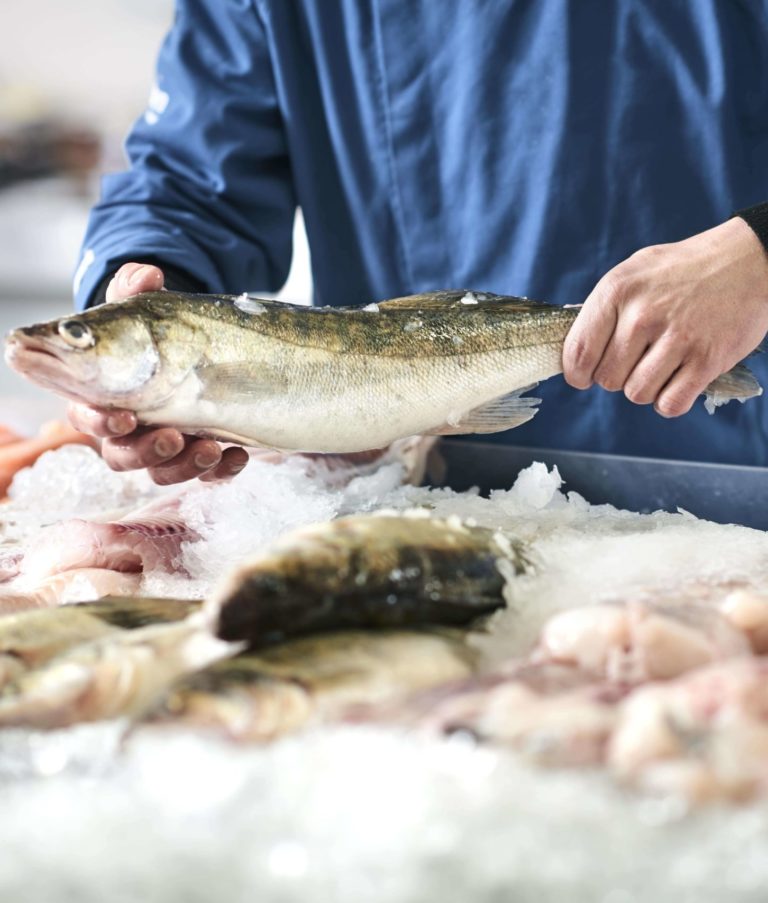
Retailers and Brands
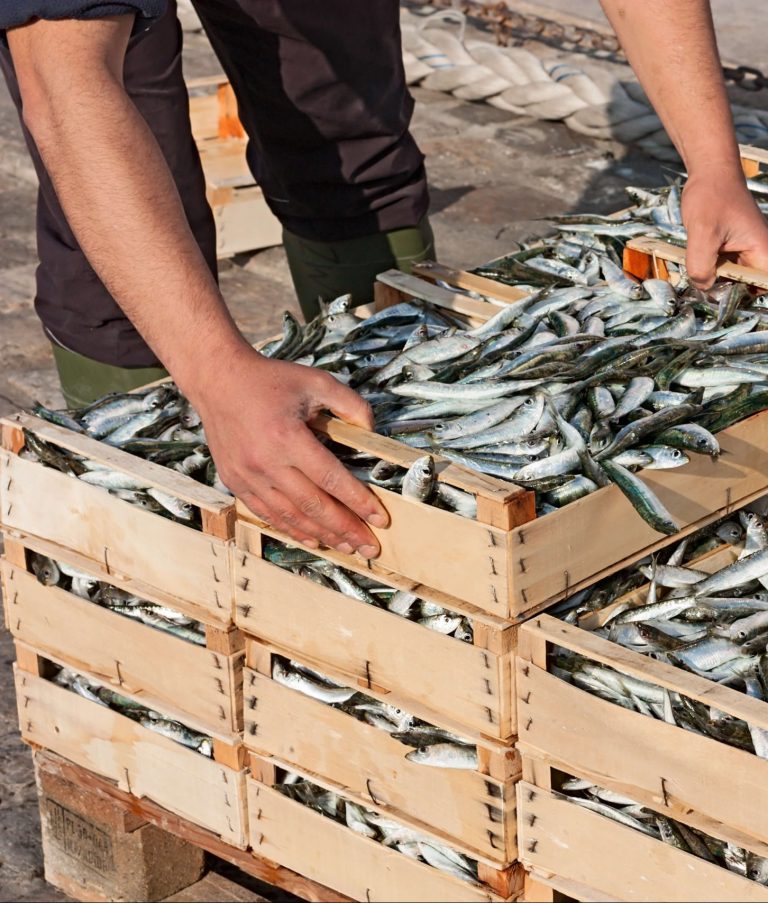
Suppliers
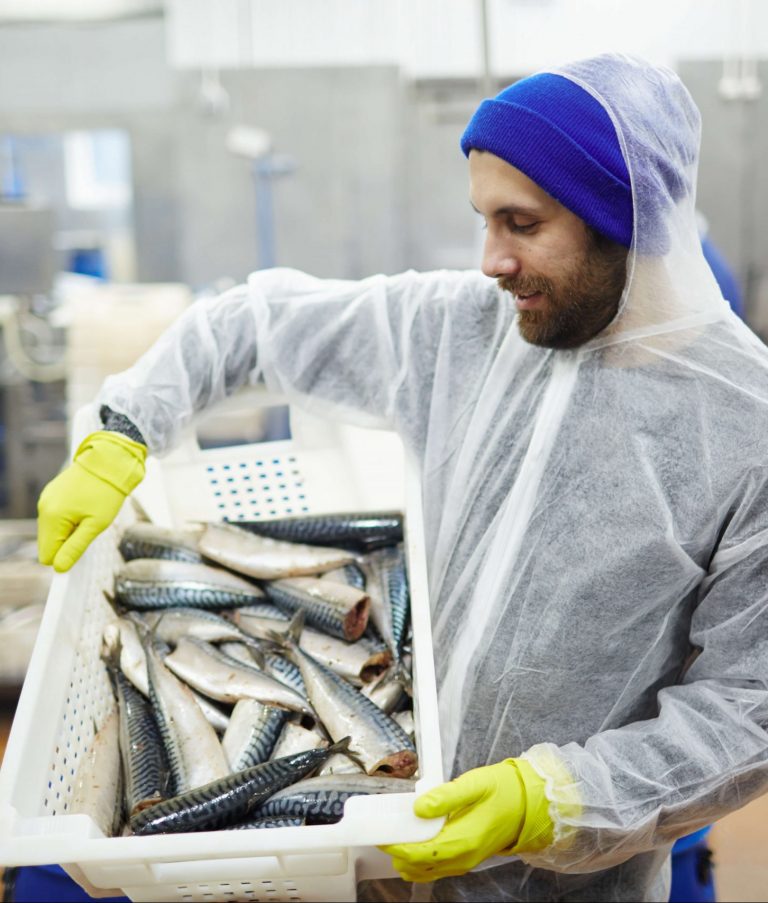
Processors
